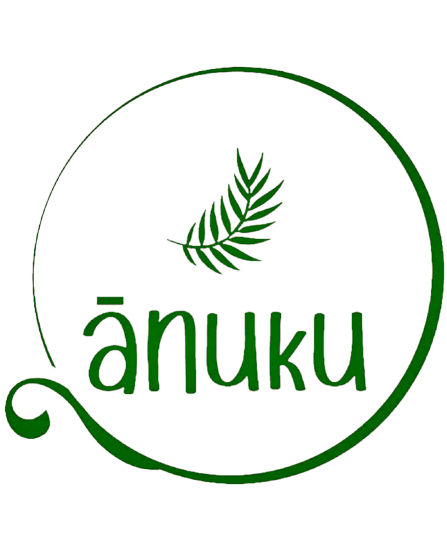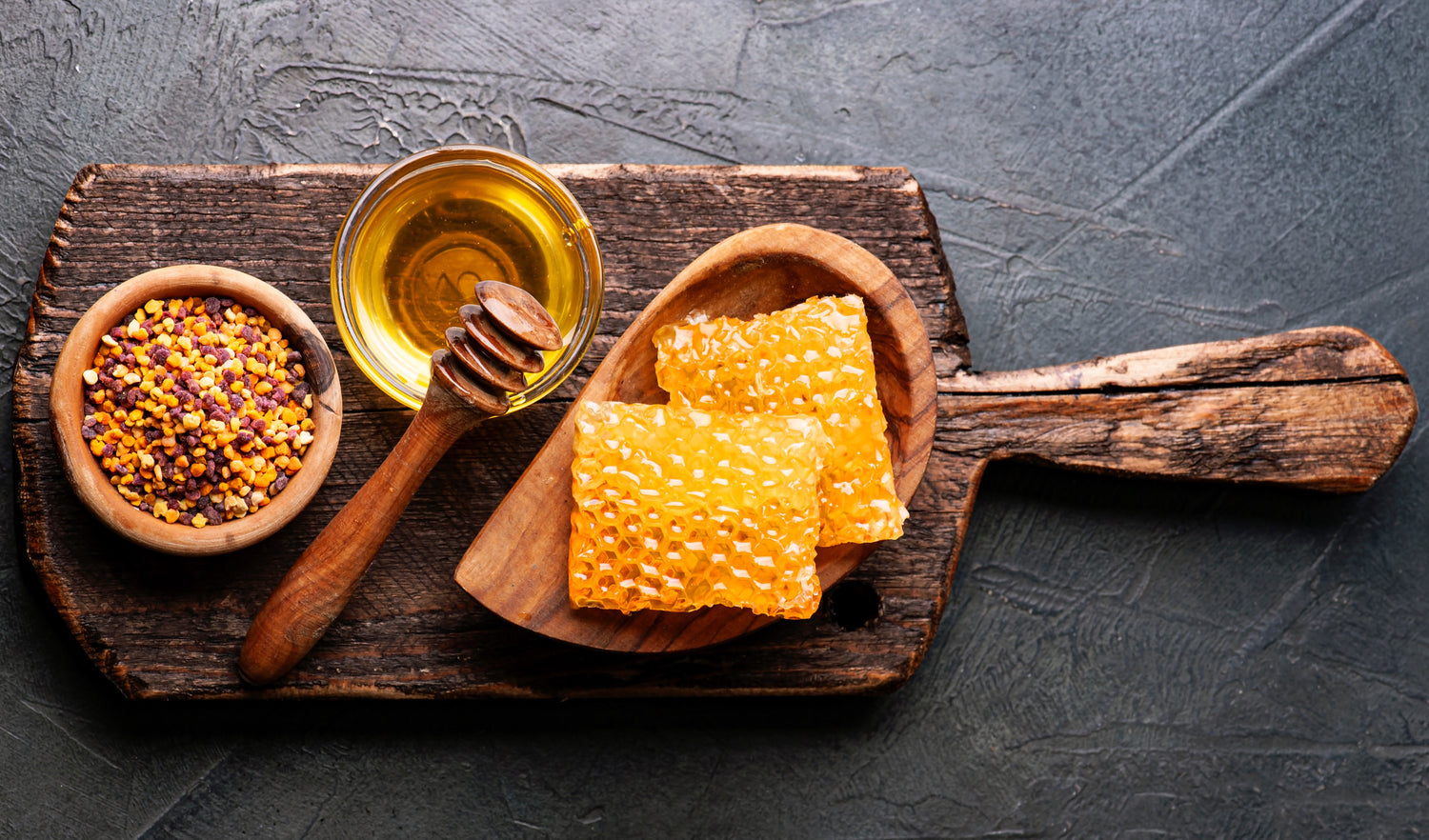Kāhikatoa/Mānuka
Mānuka(Leptospermum scoparium), is a scrub-type tree which grows prolifically around coastal areas of Aotearoa where land previously cleared for forestry or farming is now being restored back to native forests. Mānuka is typically one of the first plants to regenerate on cleared land.
As a shrub, Mānuka will grow up to 5m (16ft) tall but can also grow into a moderately sized tree of up to 15m (49ft). An evergreen, with dense branching and small leaves, Mānuka was popular with the native Māori for the extensive uses of its rākau(wood) and bark(tapeha). Using bees to collect nectar for honey only came much later with Mary Bumby who brought two hives with honey bees with her from Sydney in 1839.
Before the arrival of Captain Cook and the early settlers, Māori used the hard, red wood of kāhikatoa/mānuka for everything from paddles, weapons, spade blades, bird spears and mauls to house building. The tapeha was used for making water containers and the inner bark as a waterproof layer for roofing. Although honey only became popular after the arrival of the early settlers, Mānuka was also well-known by the Māori for its health and healing properties.
An infusion of the bark was used externally and internally as a sedative, and to treat scalds and burns. The ash from the bark was rubbed onto the skin to treat skin diseases, while vapour from leaves boiled in water was used for colds. The inner bark was boiled and the liquid used as a mouthwash.
Mānuka/kāhikatoa flowers smell very sweet and provide an important source of pollen and nectar for native bees, flies, moths, beetles and geckos.
Ānuku uses raw Mānuka honey, freezed dried Mānuka honey, Mānuka honey beeswax and Mānuka Oil.

